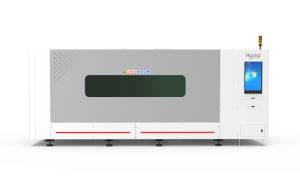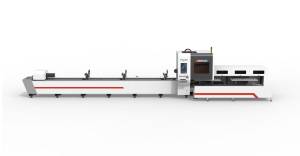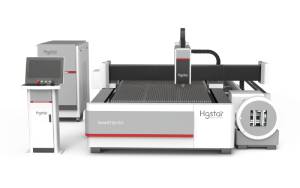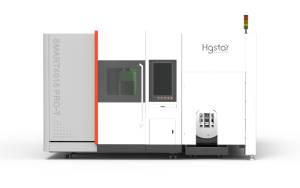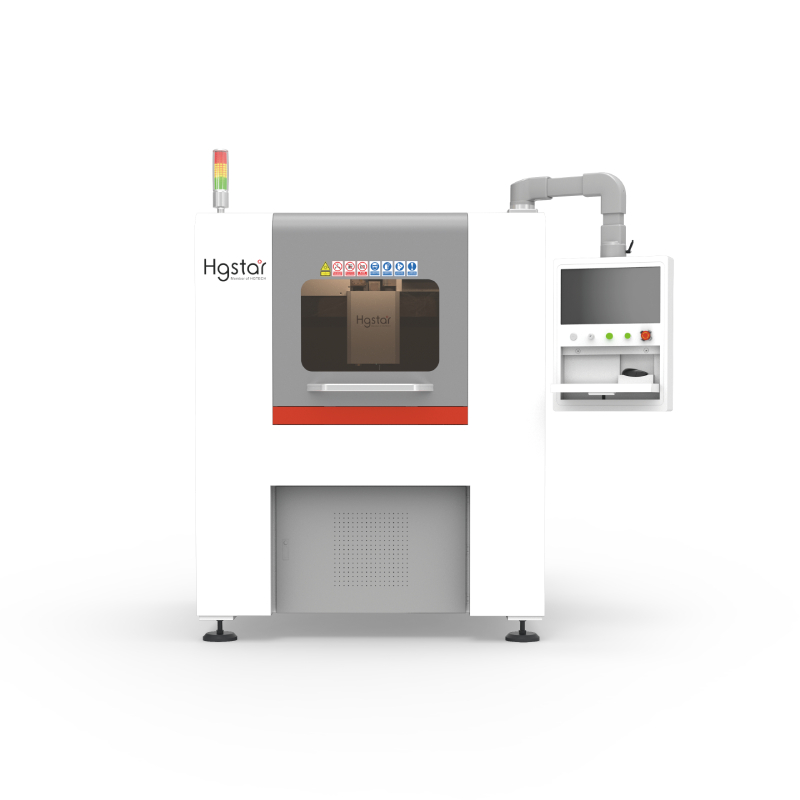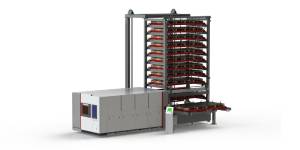Projects
Choice of Laser Cutting Machines with Different Powers
Laser technology is becoming increasingly mature, and its power is constantly developing and upgrading towards higher power. Especially in the field of laser cutting, we are moving towards higher power lasers. Many companies are considering purchasing high-power fiber laser cutting equipment and will also tend to use high-power laser cutting machines. So, what exactly are the advantages of higher power?

During the laser cutting process, the output power of the laser directly affects the melting ability of the material to be processed. In order to achieve better cutting effects, the output power needs to be increased in order to improve the processing capability.
1.Significant increase in cutting speed
When considering the elements of a laser cutting machine, cutting speed is a very important factor. Different power levels correspond to different cutting speeds for different materials. For the same material and the same power, the thicker the plate, the slower the cutting speed. To increase cutting speed, you need to choose higher power equipment. Especially for the current medium-thickness materials for fiber cutting, the cutting speed can be increased by more than 2 times.
2. Stable cutting thickness and ultimate thickness are greatly improved
The cutting limit thickness of the 12kw fiber laser reaches more than 40mm, and the cutting thickness of carbon steel reaches 50mm, and the cutting section effect is good. Compared with 3000W, 6000W and 8000W power equipment, the cutting thickness has been greatly increased and the processing range has been greatly increased.
3. Abundantcutting technology
In addition to the advantage of cutting thicker and faster, as the laser power increases, the laser cutting process of the equipment also becomes more diverse. Such as bevel cutting, traceless micro-joining, process compensation, corner burn prevention, intelligent vibration suppression, knife starting, knife closing technology, extended knife closing and other processes, which can meet more cutting needs.
As the technology continues to mature, there will be further breakthroughs in power. By then, the thickness that laser cutting machines can cut will continue to be refreshed, and the significant improvement in cutting efficiency and cutting quality will help the metal processing industry develop in a thicker and faster direction.
But how do we decide whether the laser output power is appropriate? Generally there are two methods:
1. Observe the cross-section condition after cutting.
Taking the most common carbon steel plate cutting as an example, when the laser power is appropriate, the ripple marks on the cutting surface are relatively delicate, the spacing between the ripple marks is relatively small, and the lower part of the cutting surface is slightly lagging relative to the cutting direction.
When the laser power is too high, the ripples on the cutting surface will be linear up and down, and the distance between the ripples will also become larger.
When the laser power is too low, the lower part of the cutting surface will become very rough, with a lot of slag hanging on it and it will be difficult to remove. If the output power is further reduced, the material will not be cut through.
2. Observe the sparks during the cutting process.
The sparks sputtered from below the cutting material are affected by the fluidity of the molten metal within the cutting slit, and thus can reflect whether the laser power is appropriate to a certain extent.
If the sparks are straight and slightly lagging behind the cutting direction, the laser power is appropriate.
If the spark appears diffused or leads in the cutting direction, the surface laser power is not set appropriately.







